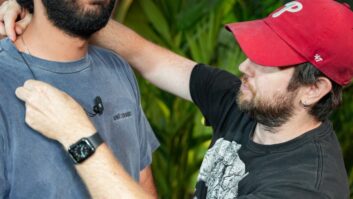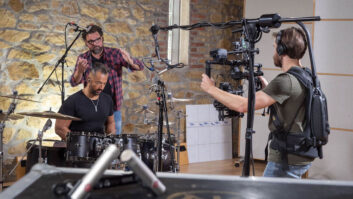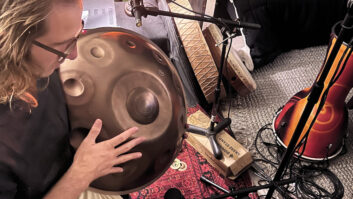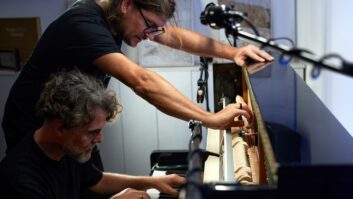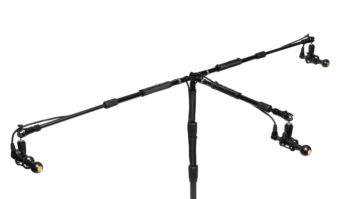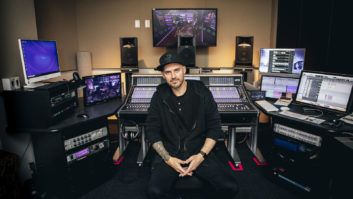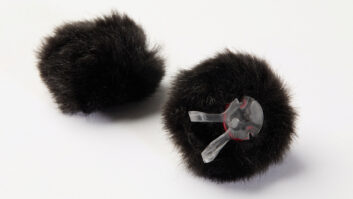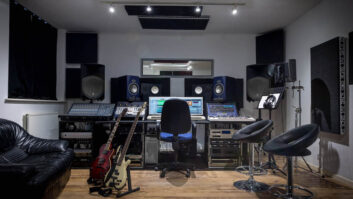
New York, NY (September 30, 2021)―PostmodernJukebox (PMJ), a creative side project started by pianist Scott Bradlee 10 years ago, relies on a large collection of DPA Microphones when filming its YouTube and viral videos of music style mashups.
“I have always loved these really old styles of music, like ragtime and swing, so I started putting together different experiments, which I posted on YouTube,” Bradlee explains. “At that time, in 2011, YouTube wasn’t a place for professional musicians to post content, but I was intrigued by it. At first, it was a fun way to experiment and create a business card—a destination for people to discover me.”
One of the first music mixes he posted was a variety of hits from the 1980s, from iconic groups such as Bon Jovi, Rick Astley and Journey—with a twist. Instead of covering the songs as they were, he set them to ragtime-style piano playing and it went viral. PMJ now has more than five million YouTube subscribers, which has earned them appearances on national television, along with a live audience following for their in-person performances.
DPA, Klang Collaborate On In-Ear Presets
PMJ has been using a combination of DPA equipment since 2019, on selection by PMJ recording and mix engineer Thai Long Ly, and the group has amassed quite a collection. Ly typically selects pairs of the brand’s 4099 instrument mics (of which PMJ has eight) and 4041 omnidirectional large diaphragm mics, as well as the 2028 and d:facto 4018VL vocal mics as its main staples. The team also utilizes DPA’s 4011 cardioid, 4006 omnidirectional, 2011 twin diaphragm cardioid, 4015 wide cardioid and 4018 supercardioid mics.
“I remember one of the first shoots we used DPA on, Thai came in and was so excited about the microphones,” Bradlee recalls. “He said they were ‘the most amazing, top-of-the-food-chain microphones.’ When we listened back, it was the most crystal clear, defined sound; it really portrayed every instrument. It captured the performance, the way it actually happened, as if you were there.”
“One of the things that I really love about DPA mics is the clean, natural low-end extension,” Ly says. “In fact, it’s probably the main thing I love about DPA. It’s not boomy, boxy, tubby, fake or lifted; it’s just a natural extension. They’re super deep yet they provide a natural bottom end. As a bass player, I’m really sensitive to that, so that’s a huge feature for me. Also, they’re incredibly rugged and they always work no matter what we put them through.”
